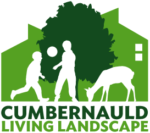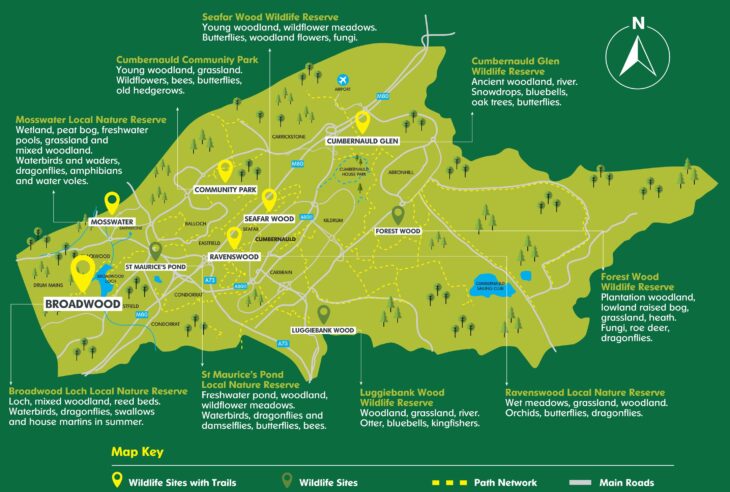Cumbernauld Glen Wildlife Reserve
,
Managed by the Scottish Wildlife Trust, the ancient woodland of Cumbernauld Glen is a haven for wildlife. Early spring sees pockets of snowdrops appearing and April brings a profusion of bluebells. The meadows attract butterflies, including small pearl-bordered fritillary. This historical site also has a 16th Century dovecote (doocot). There is an extensive network of footpaths to explore as well…

